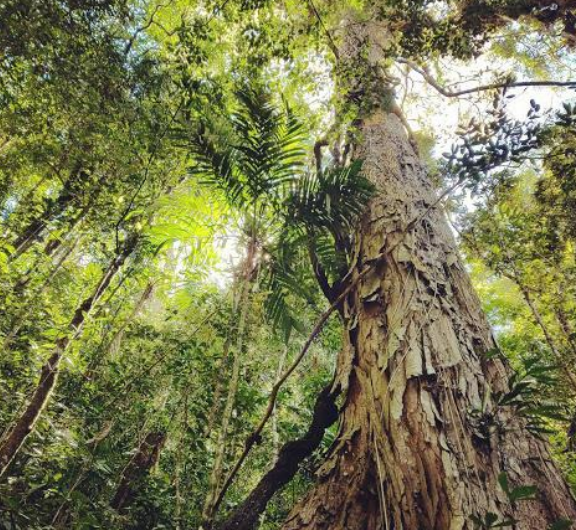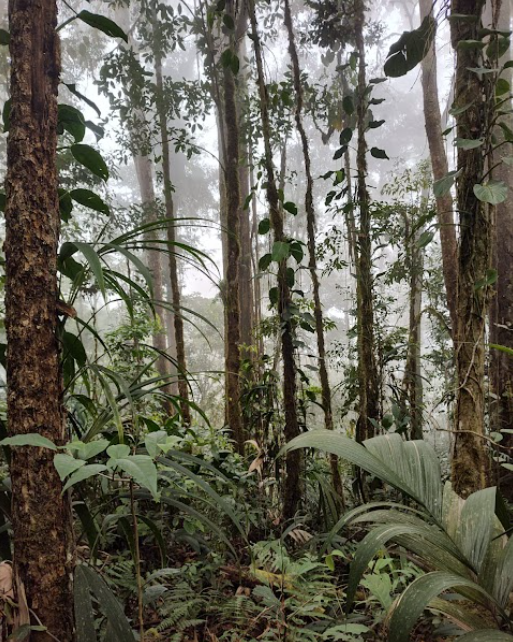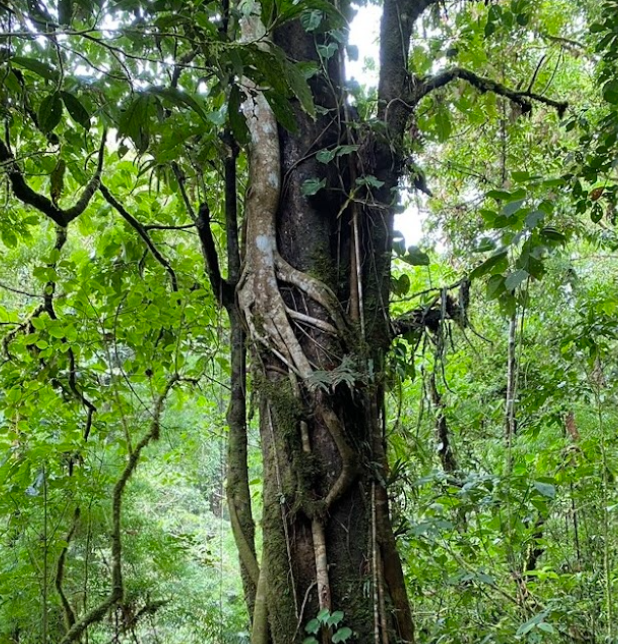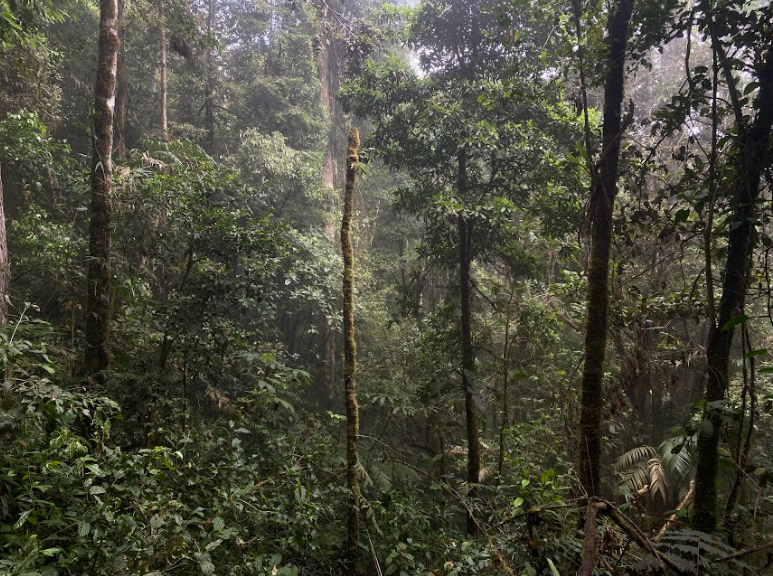
Within a tropical forest, there are a myriad of different types of plants that contribute to the total mass of biodiversity that exists. When thinking of jungles, most often we think of the large trees that loom high above. Yet, there’s so much more to be taken into consideration. Each and every plant plays a role in the overall health of an ecosystem, but unfortunately these smaller gems frequently get overlooked and remain understudied. What other life exists out there, you may ask?

In a dense tropical forest, there’s usually high competition for the natural resources that aid optimal growth (i.e. sunlight, rainfall). Some competitors have creative ways to mitigate the struggles of competition, like using other plants as a host for growth. A characteristic example of this exact phenomenon is a sneaky plant called a liana. Simply put, lianas are tropical forest vines – although they tend to have a more woody structure instead of a soft, flimsy one. Most interestingly, they are technically considered parasitic due to the relationship they have with larger structures like trees. Instead of lianas growing on their own, they require the tall stature of trees or other tall plants in order to grow, as they cannot do this on their own. This creates the beautiful mossy and tangled looking forest that is iconic to tropical ecosystems.

Student Kees Evers from Van Hall Larenstein in the Netherlands was interested in finding out more about the general distribution and abundance of these lianas within our dense forest here at Cloudbridge, since there was minimal data on it previously. The main question was: what is the abundance of lianas within the reserve, and does this abundance change within different forest ages? Virtually all of the botany studies done in Cloudbridge, or any tropical forest for that matter, are complex and dense – mimicking the complexity and density of the forest. Normally, conducting such a study on plants requires identifying sample sections (plots) that in the end can loosely represent a general makeup of the forest as a whole. Evers used 48 different plots within their study, all 10×10 square meters, and by the end of data collection was able to estimate the above ground biomass per liana within four forest types (ranging from 19 years to 35, with primary forest being a baseline variable).

These “vines” as they exist within Cloudbridge are on average around 1.45cm (0.6in) in diameter, and have an abundance of more than 2000 individuals within a single hectare. This is a massive amount of lianas being present, although there was no statistically significant difference of abundance between the forest types. While this number of lianas feels like a large amount to have in a forest, it’s actually less than what can be found in other tropical forests around the world. Additionally, it was able to be determined that the lianas at Cloudbridge had a low parasitic impact on the health of the forest. The lianas were found to use almost exclusively the trunk of trees, which in the end did not seem to inhibit general forest growth. Research on lianas is always encouraged, as these results may change as the forest changes. To read more about how this study was conducted and other results found, you can find the full paper here.
Suggested Reading:
- Maybe you’ve never heard of a parasitic plant before? If not, this article explains the different roles parasitic plants play in an ecosystem. With a mixture of positive and negative effects, their presence is still important for overall balance. Unfortunately, this balance may change as the climate begins to change.
- If you’re wondering where does one begin on measuring biodiversity, this article gives a brief synapse describing how. The time and patience it takes is not mentioned, however it’s important to always stay humble when it comes to identifying the vastness of a dense ecosystem like a rain forest.
- While reading about how amazing and intricate dense forests are, maybe you need another reminder why you should visit one! These rare habitats are the jewels of the world, and unfortunately are at risk due to a range of factors. Luckily for you, Cloudbridge is home to a truly stunning cloud forest that we encourage you to come visit.
